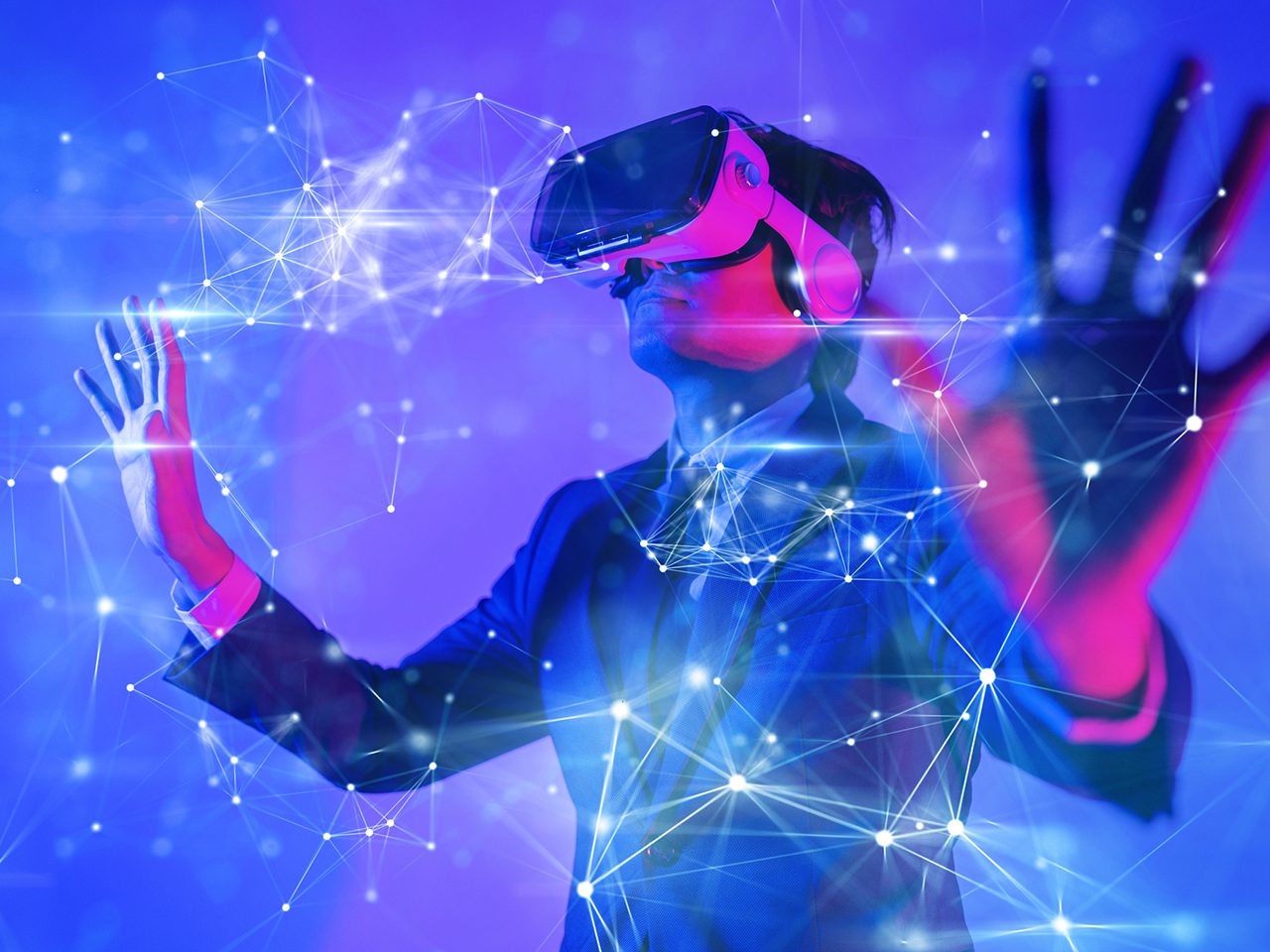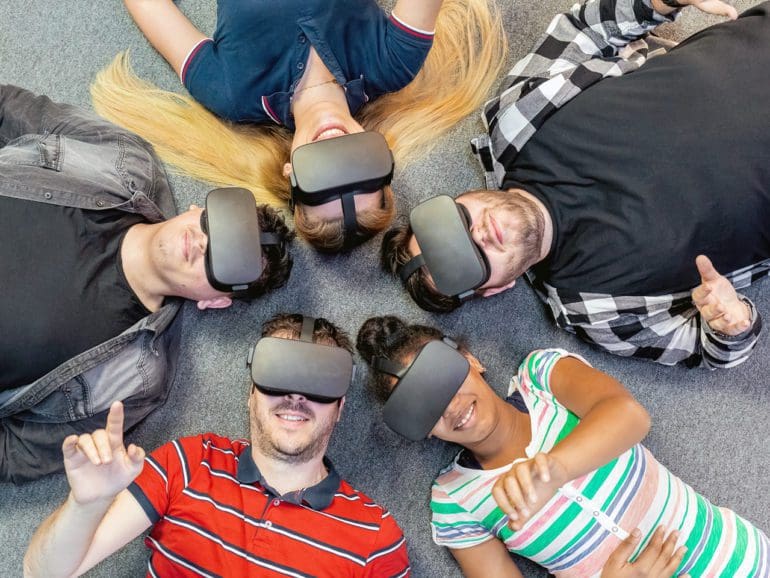The following is a guest post from Tri Pham, cofounder of KardiaChain and founder of Whydah.
Over the years, the evolution of the Internet has given birth to many technologies, and the most recent and notable one is the metaverse.
First introduced in author Neal Stephenson’s 1992 science fiction novel “Snow Crash,” it has entered common usage today.
Late in 2021, when Facebook announced its rebranding to Meta, it inspired a lively debate about what it represents, whether it’s already here, and most importantly, who will own it.
Besides Facebook, major technology companies, including Apple, Google, Microsoft, Niantic, Epic, Nvidia, Roblox, and Valve, are developing the tech that will shape the future of the metaverse — virtual reality (VR), augmented reality (AR), and brain-computer interfaces (BCI). In addition to this, projects like Open Meta DAO are encouraging a collaborative effort to create the Open Metaverse. NFTs, cryptocurrencies, and blockchain are expected to be an integral part of this.
The metaverse is a massive opportunity for both individuals and businesses, as it provides a new way to interact with customers.

Extended Reality Technologies
But what is the metaverse? Metaverse is a virtual world where users can seamlessly connect, interact, and transfer themselves and their products, services, and belongings across multiple digital locations. According to some, the metaverse is when our digital lives — online identities, experiences, relationships, and assets, become more meaningfully integrated with our physical lives.
As we have seen, extended reality technologies like AR and VR are rapidly progressing towards mainstream adoption. VR and AR headsets are predicted to surpass global game console shipments in the coming years. Meta’s Oculus app was recently leading the app store this past holiday season, and it is estimated to have sold 7 million headsets in 2021. This broad consumer adoption of these technologies will lead to the entry points of the metaverse.
Related:
Accounting firm PwC estimates that VR and AR would enhance the global economy by $1.5 trillion by 2030, up from $46.5 billion in 2019.
These technologies allow us to overlay digital information in the real world, such as directions, menus, and even social media notifications. In the future, these technologies would provide an even richer experience, for instance: joining the metaverse with an avatar that looks just like you.
It will generally be gaming that acts as the initial gateway to the metaverse. VR and AR are already starting to change the way we interact with the metaverse, and this will rapidly move into other forms of gaming and then different digital experiences.
Blockchain and crypto
Everything is rapidly digitizing, from money, fashion, art, real estate, and experiences, especially after the coronavirus pandemic, which kept people at home. Metaverse technologies are currently being used for collaboration purposes and to train workers on technical skills.
Even governments are building their own metaverse, with Seoul becoming the first major city to go full meta with its plans to create a fully realized virtual “ecosystem for all areas of its municipal administration, such as economic, cultural, tourism, education, and civic services.”
The goal of the metaverse is to provide people with a virtual reality that surpasses physical reality. Here, blockchain’s unhackability and immutability are vital factors for virtual reality technology to gain broad adoption.
Blockchain is already playing a crucial role in developing a digital economy. It allows for cryptographically secure and protected transactions and fast confirmation of information.
Blockchain technology and crypto further help with the uniqueness of collectibles, digital proof of ownership in the metaverse, compatibility between different spaces, and users controlling the rules of engaging with the Metaverse via governance.
As crypto and NFTs go mainstream, the metaverse presents a massive opportunity for the industry which has been fast embracing the virtual world with enthusiasm.
Overcoming challenges
While the metaverse is an excellent tool for online games, virtual tours, and remote work, it also has challenges. Besides figuring out how to engage all five senses, real-world challenges are also faced in terms of harassment. Additionally, spending countless hours in VR leaves users disoriented, and of course, the risks of physical dangers are there too.
The efforts required to make this massive, interconnected network of virtual spaces a reality could also be extensive. The price of reliable VR hardware is still high, and many people still don’t have access to high-speed broadband connections either.
While people are optimistic about rapid development, there is much to be achieved technically, which means promising applications might not be right around the corner. We may see some remarkable achievements by the end of this decade, but more advancements may not come for many decades to come.
Metaverse is primarily a buzzword for now, while some elements can already be seen in the NFT market, video games, and VR chats. Yet, it is in its early stages and can develop in many different ways, which depend on research, innovation, investment, and policy. Research reports estimate that it is expected to grow into a $700 billion market by this decade alone.
The metaverse represents new job opportunities as everyone from major companies and start-ups are trying to get a piece of this emerging virtual world. It continues to evolve with companies working on realistic avatars and immersive virtual reality experiences. Blockchain can provide the required traits, including ownership, interoperability, decentralization, and security.
In the next couple of decades, I expect many people to engage with the metaverse each day. I believe the best metaverse is where everything will be connected and integrated with both online and offline experiences.


